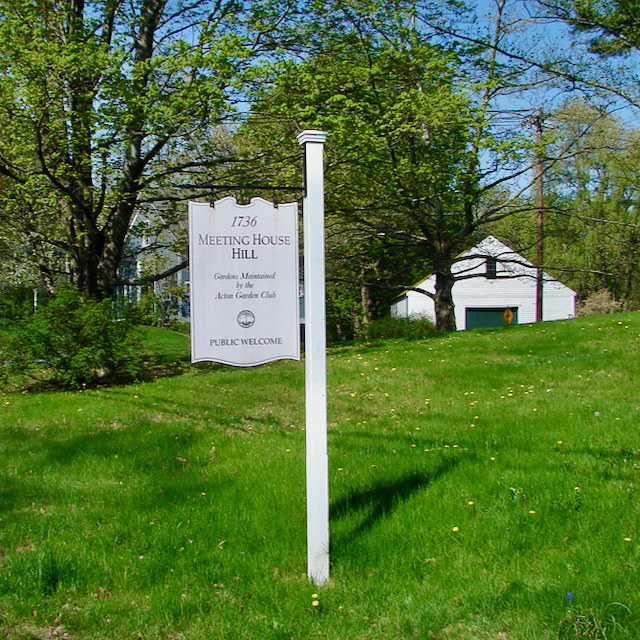In the spring of 1776, when the Second Continental Congress met in Philadelphia to consider independence from Great Britain, it wanted assurances that each colony would support this risky endeavor. In Massachusetts, John Adams and the legislature put the matter directly to the people.
Boards of Selectmen convened town meetings across Massachusetts to debate the question. Townspeople knew the meaning of “engaging with their Lives and Fortunes.” If they tried and failed to separate from Britain, they would face the penalties of treason: their property seized, their lives forfeited.
Some towns simply affirmed their support; others drafted full-fledged town declarations of independence. And some, like Barnstable —whose coastline lay exposed to the world’s most powerful navy—voted not to seek independence.
On June 14th the people of Acton gathered in their meeting house, voting to “support and defend the measure with their lives and fortune.” The assertion of their rights and grievances lives on in the town meeting record books and on Meeting House Hill, a two-acre parcel of land at the present-day intersection of Main Street and Nagog Hill Road.
Built in 1737, Acton’s first meeting house was located here and served not only as a place of worship, but also a home to democracy, for more than seventy years. Following contentious debate resulting in the decision to build a second meeting house at the location of the current Town Hall, successive schoolhouses were erected on Meeting House Hill. Demolition of the Acton Centre School in the early 1960s left the site a pile of rubble and weeds, prompting the Acton Garden Club to spearhead a campaign to beautify, preserve, and honor this tangible piece of history.
Owned by the town and maintained by the Garden Club, today’s visitors can enjoy the woodland wildflower garden and daffodil run, all while being transported back in time at the original meeting house stepping stone and one of nine granite markers tracing the Acton Minutemen’s line of march to Concord on April 19th, 1775, known as the Isaac Davis Trail.
Throughout the Freedom’s Way National Heritage Area history is both tangible and intangible. Sometimes we must take “a closer look” to read the landscape and discover that there’s often more to the story than meets the eye.

